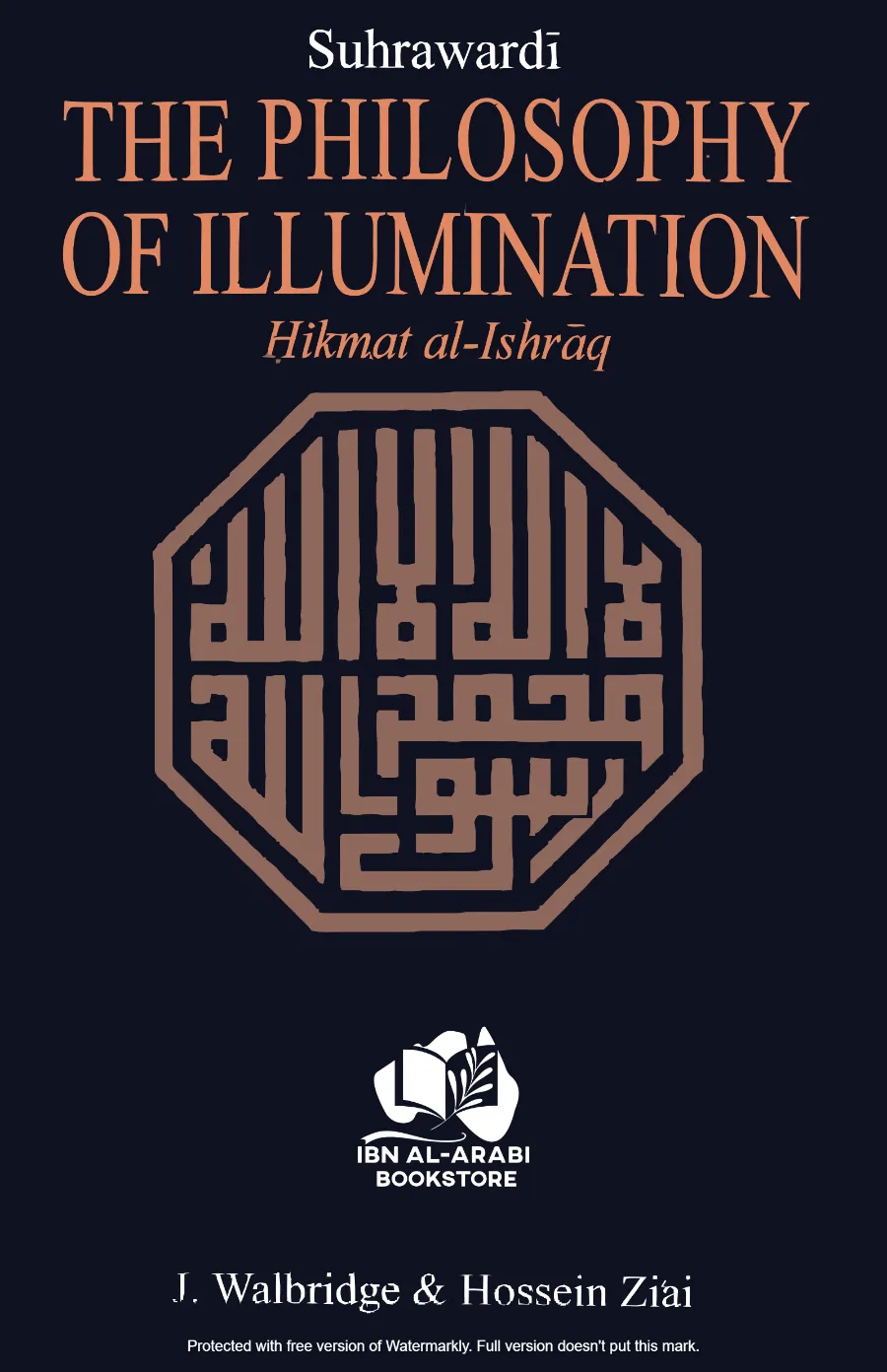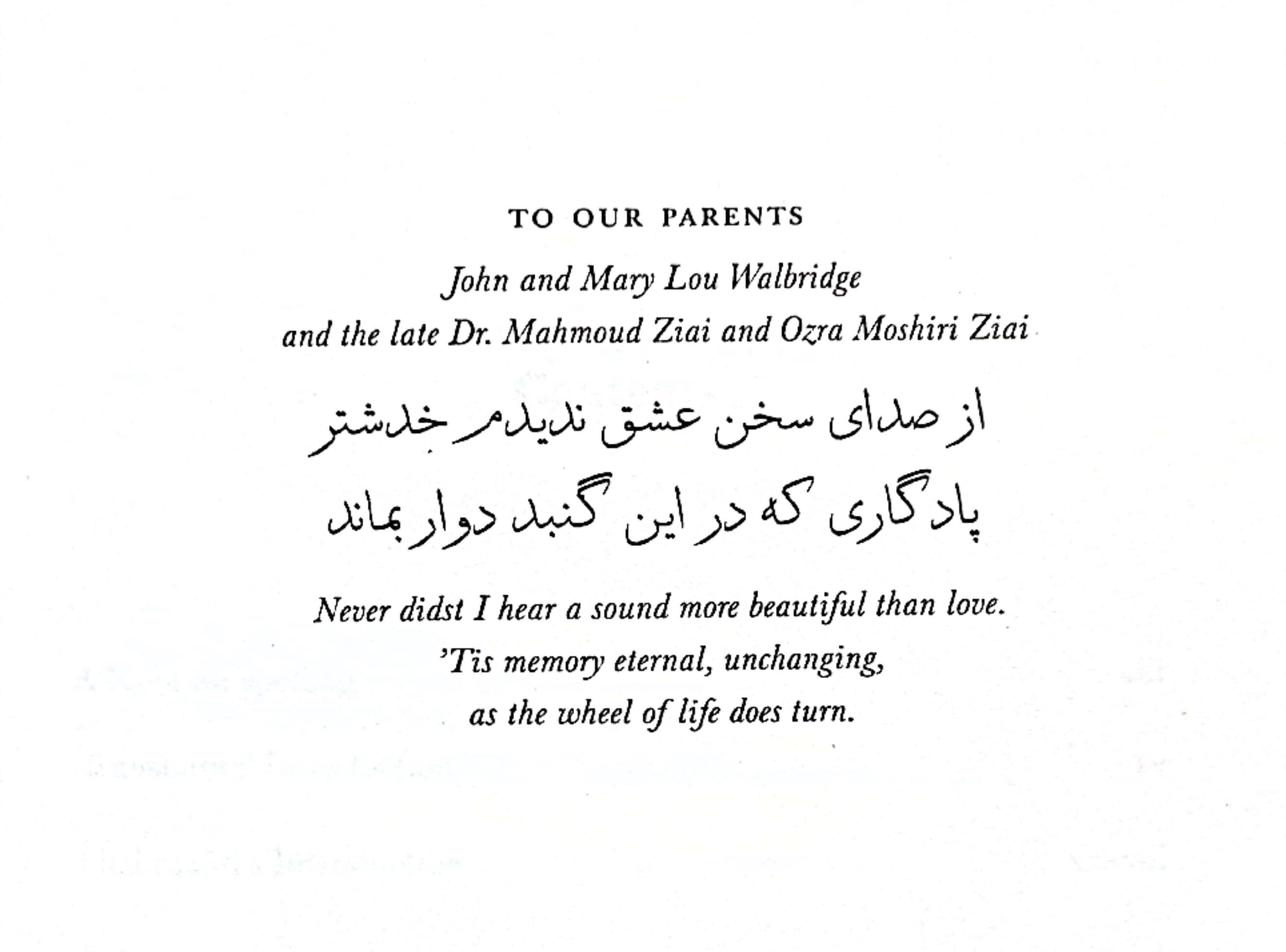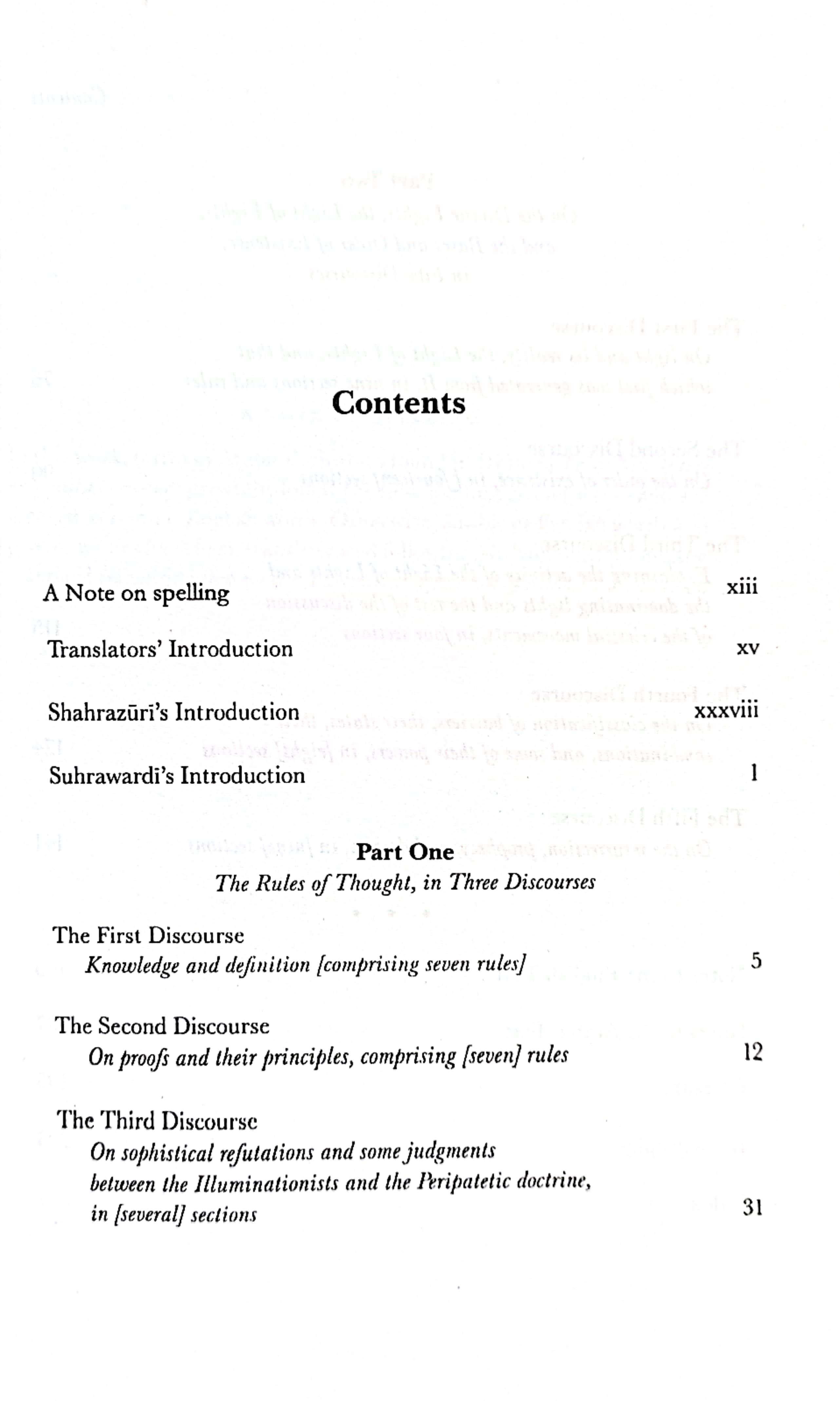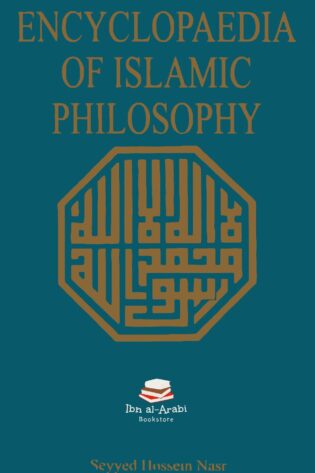- Your cart is empty
- Continue Shopping
The philosophy of illumination | Arabic + English | Suharwardi | J.Walbridge & Hossein Ziai
Featured₨ 1,600
Arabic Title: حكمة الإشراق
Availability: 3 in stock
Shihab al-Din al-Suhrawardi
was born around 1154, probably in northwestern Iran. Spurred by a dream in which Aristotle appeared to him, he rejected the Avicennan Peripatetic philosophy of his youth and undertook the task of reviving the philosophical tradition of the “Ancients.”Suhruwardi’s philosophy grants an epistemological role to immediate and atemporal intuition. It is explicitly anti-Peripatetic and is identified with the pre-Aristotelian sages, particularly Plato. The subject of his hikmat al-Ishraq–now available for the first time in English–is the “science of lights,” a science that Suhrawardi first learned through mystical exercises reinforced later by logical proofs and confirmed by what he saw as the parallel experiences of the Ancients. It was completed on 15 September 1186; and at sunset that evening, in the western sky, the sun, the moon, and the five visible planets came together in a magnificent conjunction in the constellation of Libra. The stars soon turned against Suhrawardi, however, who was reluctantly put to death by the son of Saladin, the sultan of Egypt, in 1191.
|Translators’ Introduction
The Master of Illumination
In the year 579 A.H./1183 C.E. a ragged young man dressed in the garb of a dervish (an Islamic mystic) came wandering into the city of Aleppo.’ So unprepossessing was his appearance that he was at first mistaken for a donkey driver. He was Shihab al-Din Abu al-Futuh Yahya ibn Habash ibn Amirak al-Suhrawardi.” He was born around 549 A.H./1154 C.E., per haps in the village of Suhraward, near Zanjan in northwestern Iran. Nothing is known of his family background, but he évidently went first to Maragha, a nearby city, where he studied philosophy and theology with Majd al-Din al-Jili, who also taught philosophy to the famous theolo gian Fakhr al-Din al-Rāzi (b. 543 or 544 A.H./1148–50 C.E., d. 606 A.H./ 1209 C.E.).5 He next studied in either Isfahan or Mardin with Fakhr al-Din al-Märdini (d. 594 A.H./1198 C.E.), who is said to have predicted Suhrawardi’s death. He studied logic with Zahir al-Farisi, who taught him the Başa’ir (Insights) of “Umar ibn Sahlan al-Sawi (fl. 540 A.H./1145 C.E.). Al-Sawi’s logic differed significantly from Aristotelian logic, particularly in its abandonment of the nine-part division of the organon in favor of a simpler two-part division into semantics and proof theory, which is later reflected in Suhrawardi’s reorganization of the logical corpus.
| Weight | 0.8 kg |
|---|










Reviews
There are no reviews yet.